Planning a trip to Vietnam can be an exciting yet overwhelming experience. This guide will walk you through the essential steps to ensure you have a smooth, enjoyable, and memorable Vietnam travel plan

Vietnam offers a diverse range of destinations, from vibrant cities to serene countryside and breathtaking coastal regions. Some must-see places when you planning a trip to Vietnam include:
Choose destinations based on your interests—whether it’s cultural immersion, nature exploration, or relaxation on the beach.
Choosing the time to visit is very important when you planning a trip to Vietnam:
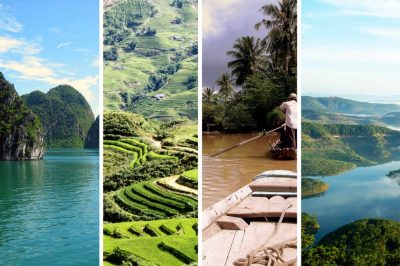
Thanks to its elongated shape and coastal location, Vietnam enjoys a pleasantly mild climate year-round, with fewer temperature extremes compared to inland countries. However, weather patterns can vary between the northern, central, and southern regions.
While the ideal travel time depends on your preferred region, November to March generally offers the most pleasant weather across most of Vietnam. For those seeking a balance between favorable weather and more affordable prices, April and late October are excellent choices.
During this season, Vietnam enjoys its most comfortable weather, making it an ideal time to explore the country. Immerse yourself in the vibrant atmosphere of festivals and holidays, including Christmas, New Year, and Tet (Vietnamese New Year).
Due to the high demand during this peak season, it's recommended to book your tour at least three months in advance to secure your preferred accommodations and activities. Be prepared for potential increases in hotel rates and tour costs
Vietnam is an affordable destination, but your budget will depend on the type of trip you want:
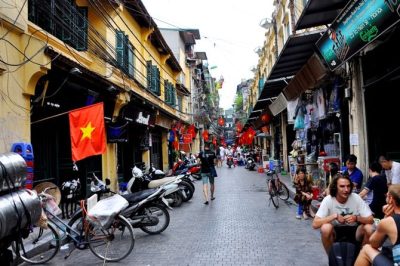
Remember to factor in visa fees, transport, and any additional activities like excursions or shopping.
Most travelers will need a visa to enter Vietnam. The process is simple and can be done online:
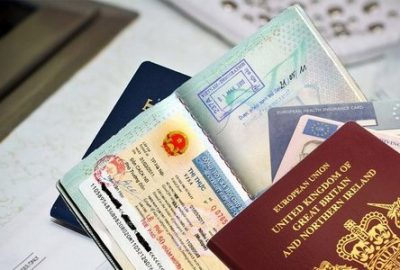
Remember to apply for your visa well in advance to avoid delays.
Booking accommodation ahead of time can save money and guarantee you the best options. Vietnam offers a wide range of places to stay:

Use booking platforms to find accommodations that suit your preferences, and look for discounts during the low season. You can also look for more information on the Vietnam travel blog or Vietnam tour blog online.
Crafting the right itinerary can help you make the most of your trip:
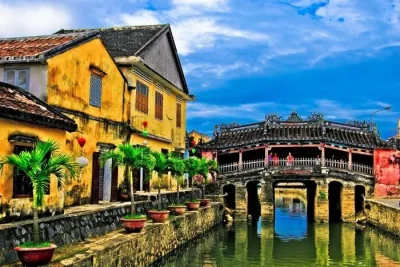
Plan your itinerary based on travel time, interests, and activities when planning a trip to Vietnam. Be sure to include a mix of sightseeing, relaxation, and cultural experiences.
Vietnam is well-connected by international flights to major cities like Hanoi and Ho Chi Minh City. Once in the country, getting around is easy:
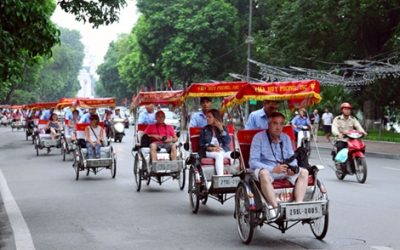
Planning a trip to Vietnam means that you should plan your travel routes and book tickets for domestic flights and trains, especially during peak seasons.
We provide fast Vietnam tourist visa services in as little as 1 hour